Introduction
Lilies (Lilium spp.) are iconic flowering plants celebrated for their striking beauty and symbolic significance across cultures. While many admire lilies for their ornamental value, fewer are aware that certain species offer culinary and nutritional benefits. This article explores the edible components of the lily plant, detailing which parts are safe to consume, their preparation methods, and their cultural relevance. By understanding the distinctions between edible and toxic varieties, enthusiasts can safely incorporate lilies into their diets.

Anatomy of the Lily Plant
Before delving into edibility, it is essential to familiarize oneself with the lily’s structure. A typical lily plant consists of:
- Bulbs: Underground storage organs rich in nutrients.
- Stems: Erect green stalks that support the plant.
- Leaves: Lance-shaped foliage arranged alternately along the stem.
- Flowers: Large, showy blooms composed of six petal-like tepals.
- Pollen: Yellow or orange powder produced in the anthers.
- Roots: Fibrous networks anchoring the bulb.
Not all species are edible, and misidentification can lead to toxicity. This guide focuses on Lilium lancifolium (tiger lily), Lilium brownii (Brown’s lily), and Lilium davidii (Davis lily), which are commonly cultivated for culinary use.
Edible Parts of the Lily Plant
Bulbs
The bulb is the most prized edible part of certain lily species. Often referred to as “lily bulbs” or “baihe” in Chinese cuisine, they are starchy, slightly sweet, and crunchy when raw, with a texture resembling water chestnuts after cooking.
-
Preparation:
- Harvest bulbs in late summer or autumn.
- Peel off outer scales and fibrous roots.
- Soak in water for 1–2 hours to remove bitterness.
- Slice or chop before cooking.
-
Culinary Uses:
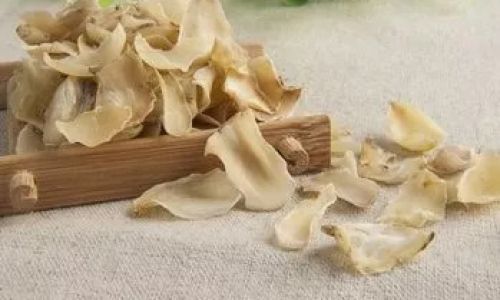
- Stir-fries with vegetables and meat.
- Soups and stews for thickening.
- Pickled as a condiment.
- Roasted or boiled as a side dish.
-
Nutritional Benefits:
Lily bulbs are low in calories but rich in:- Dietary fiber (aids digestion).
- Vitamins B1, B2, and C (supports metabolism and immunity).
- Minerals like potassium and phosphorus (bone and muscle health).
Stems and Leaves
While less commonly consumed, the tender stems and young leaves of edible lily species can be incorporated into dishes.
-
Preparation:
- Select young stems (before flowering) and leaves.
- Trim any tough fibers.
- Blanch briefly to soften.
-
Culinary Uses:
- Stir-fried with garlic and soy sauce.
- Added to salads for a crisp texture.
- Used in broths as a flavor enhancer.
Flowers
Lily flowers are primarily decorative but can be consumed in moderation. The tepals (petals) have a mild, floral flavor with a subtle bitterness.
-
Preparation:
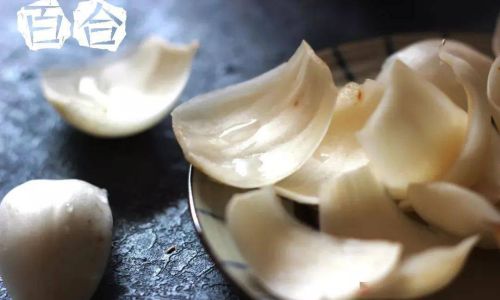
- Remove pistils and stamens to avoid bitterness.
- Rinse thoroughly to eliminate pollen.
- Use fresh or blanched.
-
Culinary Uses:
- Garnishes for desserts and salads.
- Stuffed with rice or meat in Mediterranean-style recipes.
- Candied as a sweet treat.
Pollen
Lily pollen is not typically consumed due to its potential to cause allergic reactions. However, in some traditional practices, it is ground into a paste for topical use in skincare. Caution: Ingesting pollen may irritate the digestive tract and should be avoided.
Roots
The fibrous roots of lilies are generally inedible and discarded during bulb preparation.
Cultural and Historical Context
Lily consumption dates back centuries, particularly in East Asia. In traditional Chinese medicine (TCM), lily bulbs are valued for their cooling properties, believed to alleviate coughs and reduce anxiety. During the Tang Dynasty, poets extolled the bulb’s culinary versatility, while Korean and Japanese cuisines adopted it into soups and hot pots.
In Europe, historical records mention lily bulb consumption during famines, though this practice declined as other crops became dominant. Today, lily bulbs remain a niche ingredient, prized in gourmet dishes for their unique texture.
Safety Considerations
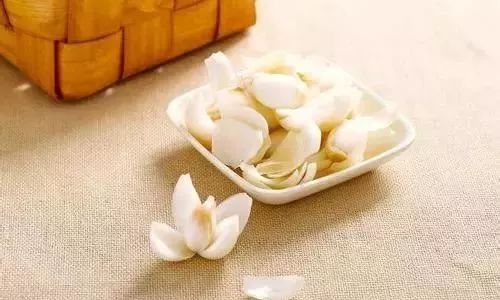
-
Toxic Lookalikes:
- Daylilies (Hemerocallis spp.): Often confused with true lilies, daylily flowers and tubers are edible, but their bulbs are not.
- Autumn Crocus (Colchicum autumnale): Resembles lily bulbs but contains colchicine, a lethal toxin.
-
Allergies:
Some individuals may experience oral irritation or gastrointestinal discomfort from lily pollen or raw bulbs. Cooking reduces this risk. -
Sourcing:
Purchase edible lily bulbs from reputable Asian markets or grow them yourself using certified disease-free cultivars.
Nutritional Profile of Lily Bulbs
A 100g serving of cooked lily bulbs provides:
- Calories: 74
- Carbohydrates: 17g
- Protein: 3g
- Fiber: 3g
- Vitamin C: 18% of the Daily Value (DV)
- Iron: 12% DV
- Potassium: 10% DV
They are also a source of polyphenols, which act as antioxidants.
Culinary Innovations
Modern chefs are experimenting with lily bulbs in avant-garde dishes:
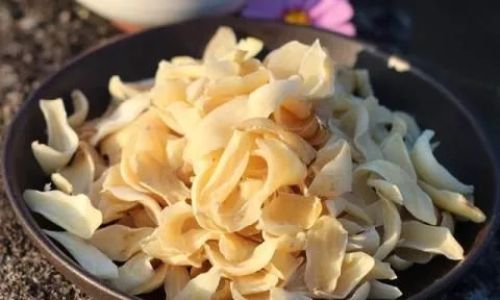
- Lily Bulb “Risotto”: Sliced bulbs sautéed with arborio rice and Parmesan.
- Crispy Lily Chips: Thinly sliced bulbs deep-fried until golden.
- Lily Bulb Ice Cream: Puréed bulbs blended into cream for a floral dessert.
Preservation and Storage
- Fresh Bulbs: Store in a cool, dark place for up to two weeks.
- Dried Bulbs: Dehydrate slices and rehydrate before use; lasts up to a year.
- Pickled Bulbs: Preserve in vinegar brine for 3–4 months.
Conclusion
The lily plant offers a surprising array of edible parts, with the bulb taking center stage in global cuisines. By adhering to proper preparation techniques and sourcing guidelines, food enthusiasts can safely enjoy its culinary and nutritional benefits. However, caution is paramount: never consume wild lilies without expert identification, and moderate intake to avoid adverse reactions. Whether stir-fried, simmered, or pickled, the lily’s edible components invite a deeper appreciation for nature’s duality—beauty and bounty intertwined.

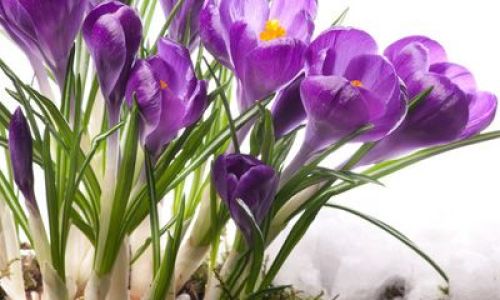
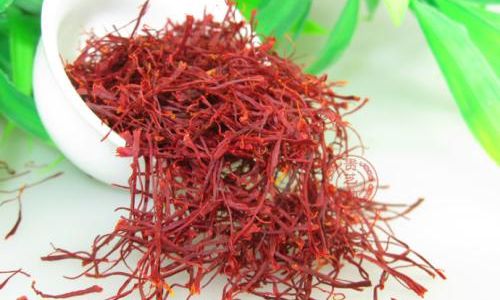
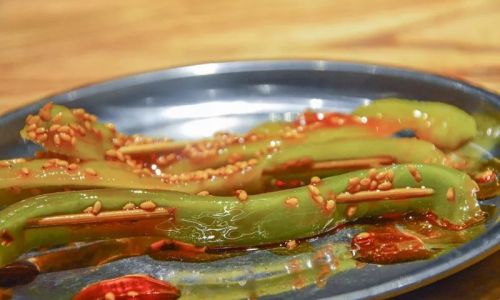

0 comments